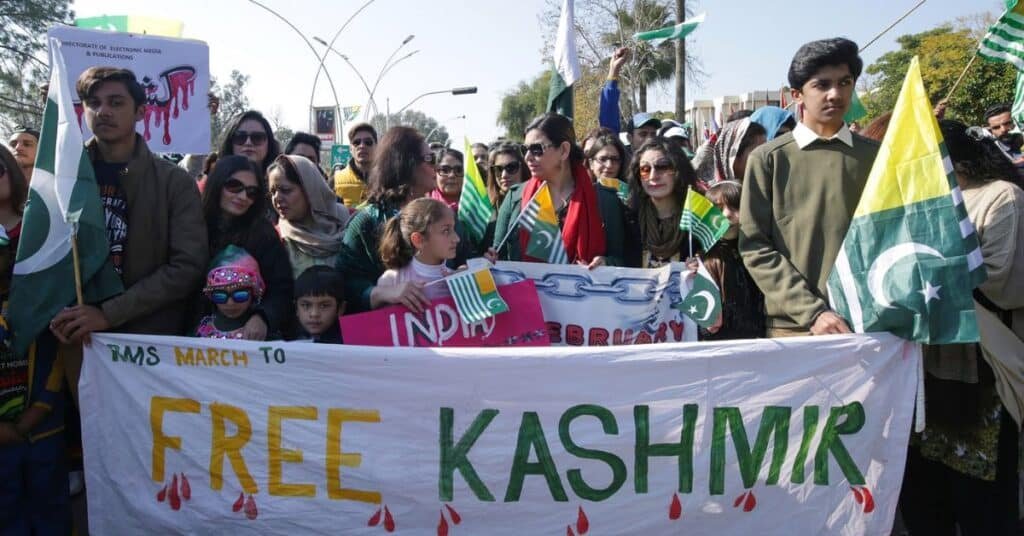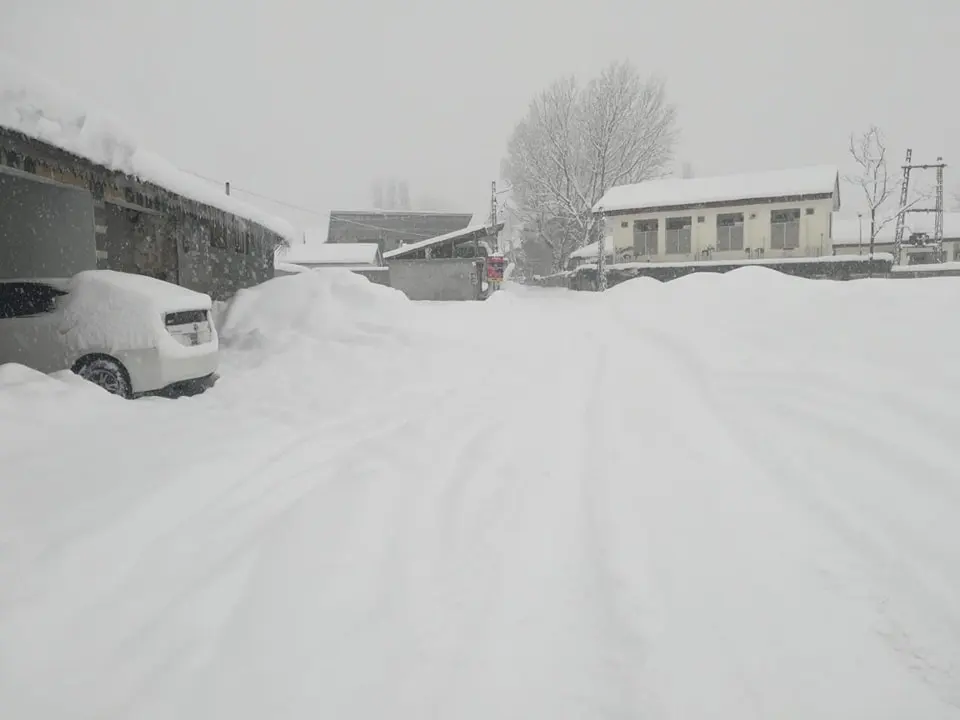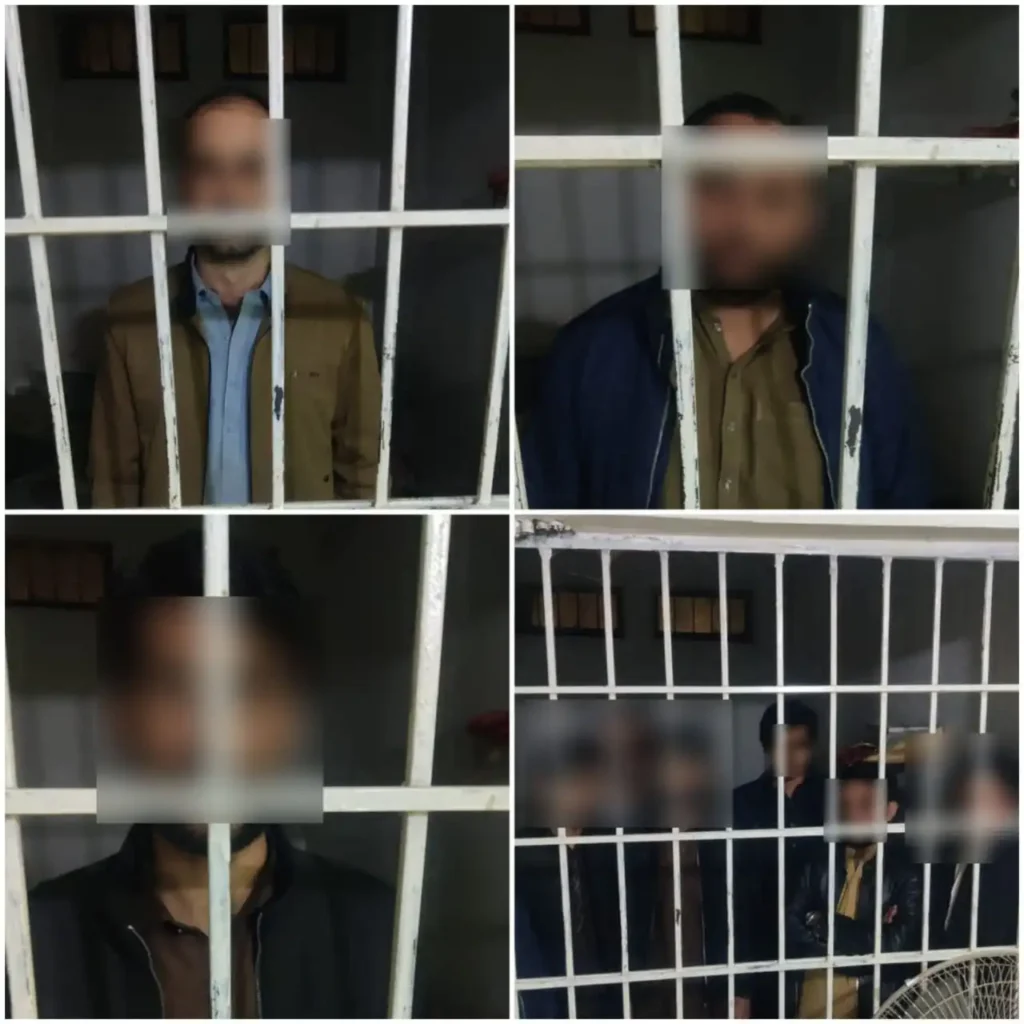PESHAWAR: After the merger of the former tribal areas (FATA) in Khyber Pakhtunkhwa province of Pakistan, the uniform of Khassadar Force has been changed after 133 years since its establishment in 1892.
The Khassadar force was first recruited in Waziristan and other North West Frontier districts of British India, earlier to World War in 1892. Their prime functions during this period included the provision of piquet and escorts to protect camel convoys and other travellers, when regular soldiers of the Indian Army were not available. They wore the normal clothing of the tribal groups from which they distinguished only by arm bands bearing the letter K.
According to the tribal traditions, the police uniform, namely the militia Shalwar Kameez (long shirt), had not been changed in these areas, but now the uniform of the police in these areas is being changed to pants-shirts. Following the instructions of the police chief, the police in Bajaur district have started wearing regular uniforms for the first time.
All the personnel of the force, from the district officer to the constable, have started wearing pants shirts. The Bajaur district police said on this occasion that ‘the change in uniform will improve the identity of the police and its communication with the public.’
According to the police department, the decision on uniforms is a positive step towards improving the police system. The police force in Khyber district has also been instructed to wear regular uniforms. The District Police Officer (DPO) has directed all the officers, including DSP and SHO to take a group photo in uniform, which has been implemented since Monday.
District Police Officer (DPO) Rai Mazhar Iqbal took a group photo with the officers and officials dressed in the new uniform.
Addressing the police, he said, “The uniform of Khyber Police has been changed after almost 133 years, which is a positive step. Khyber Police will be required to wear pants and shirts like other districts, which is also a new symbol of professional discipline.”
DPO Khyber said, “Uniform is an important part of discipline, which will be strictly implemented from now on.” According to police officials, traffic police officials have also been instructed to wear pants and shirts instead of shalwar kameez.
The Inspector General of Police Khyber Pakhtunkhwa has approved a police uniform allowance since March last year, under which all officials will be given a monthly allowance of Rs 700.
Earlier, Khyber Pakhtunkhwa Police officers from constable to sub-inspector were provided with official uniforms. However, in case the uniform was old, additional money was deducted from the police salary for the new uniform.
Former IG Police Akhtar Ali Shah took the position that ‘uniform has a great impact on the performance of any force. He said that ‘ironed pants, a cap on the head, polished shoes and neat hair have a profound impact on human behaviour. Police officers try to fully implement discipline in official uniforms and this also has a positive impact on the public or the beggar.’
Akhtar Ali Shah added that ‘being well-dressed also has a pleasant effect on human feeling. In addition, uniform means the same, i.e. it is also considered a symbol of discipline. In the past, tribal police officers used militia clothes, but now with the arrival of uniforms, improvement can be expected.





